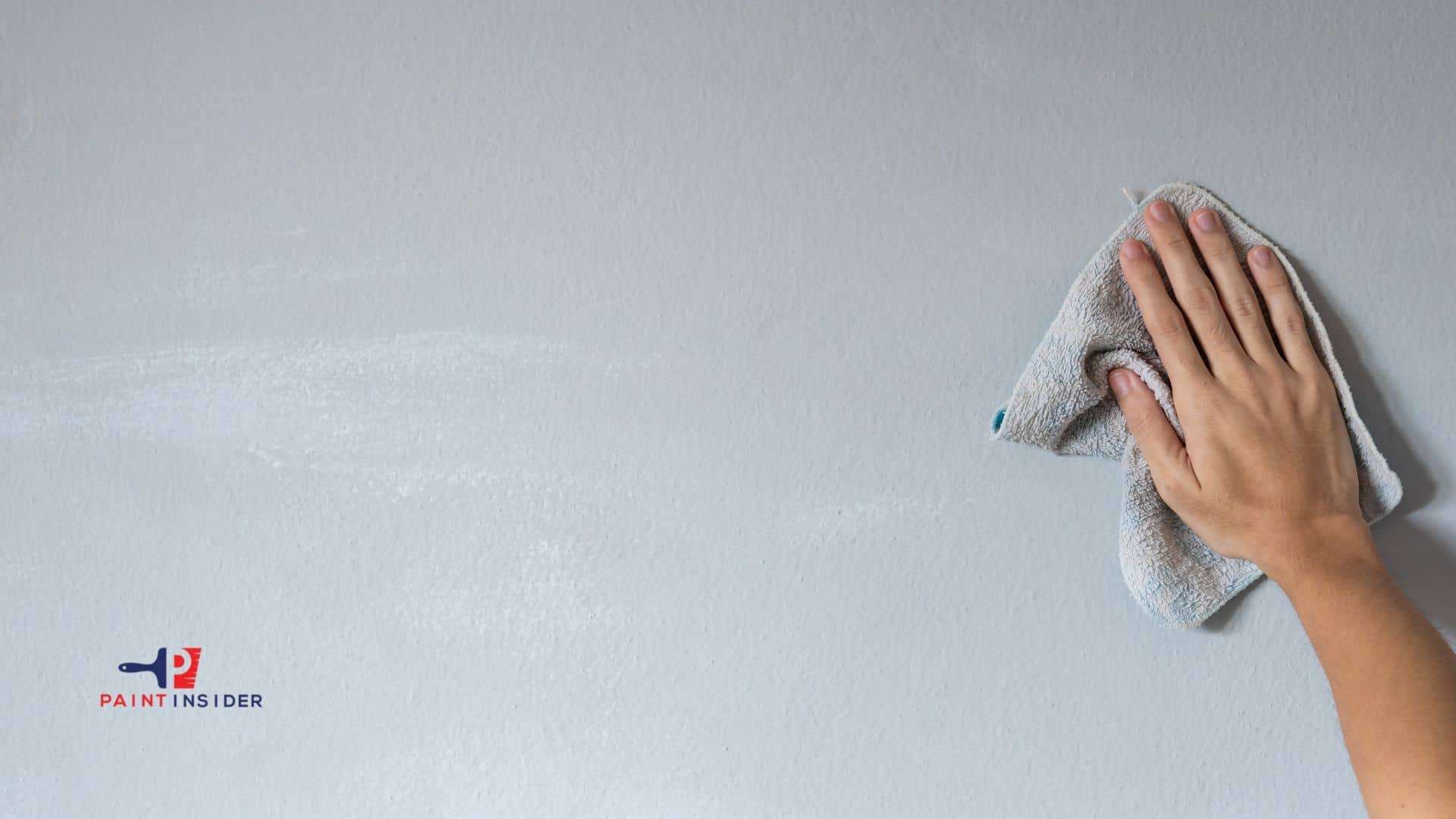Enamels paints are basically known as coating paints, they normally provide a glossy finish and are generally considered easy to clean. In this post, we’ll provide some easy tips on how to clean enamel paints.
First of all, enamel paints are paints that add some shine to the surface of an object and dries to a hard finish. They are normally oil-based but can also be water-based and are used as a protective coat to prevent scuffs and dirt on a surface while offering paint durability. Another aspect to consider about enamels is the finished look you would like to add to the surface of the object as they are many finishes to choose from when it comes to the enamel which can range from flat finish to high gloss sheen.
Things you’ll need:
- Water and dish soap
- Mineral Spirits
- Medium size bucket
- Non-abrasive sponge
- Rag or lint free cloth
As mentioned before, enamel paints are easy to clean although the cleaning process may differ based on the type of enamel paint used so below, we will list tips for each type:
Water-Based Enamel Paints
Water-based enamel paints are known for their fast-drying tendencies and easy to clean process but the higher the gloss, the higher the chances of the dirt and imperfections reflecting on the surface. Enamel paints are also mostly used in outdoor projects and offer strong protection against environmental elements or conditions which also makes them susceptible to dirt. To clean water-based enamel paint a mild solution is recommended instead of abrasive materials:
“Related Article: How to thin enamel paint.”
Warm water and dish soap: to clean water-based enamel paint, mix some warm water and dish soap together. Fill a medium-size bucket with warm water and add some dish soap to make a cleaning solution and mix well. You can also consider mixing the solution in a spray bottle instead of a bucket based on preferences or the amount of solution you’ll need to use, for an easier application.
Add the solution to the surface you’re planning to clean and wait 5 minutes to allow the solution to start dissolving the dirt. Next, dampen a sponge with the solution and scrub the entire surface in a circular motion, adding more solution if needed and rinsing the sponge if necessary, also. Once finish scrubbing, rinse the area thoroughly with water. Use the clean sponge to scrub the area once again to make sure no sticky residue is left on the surface and rinse once again.
Next is to allow the area to air dry completely although it’s possible to use a clean towel to remove excess water so that the surface may dry even faster. Once the area is dry, check to see if there’s any dirt left, if so, repeat the cleaning process once again. This process can be used on different surfaces where enamel paint is used, such as metal, plastic, walls, or glass for example, as these types of surfaces may require occasional cleaning.
Oil Based Enamel Paints
Oil-based enamel paints are considered better than water-based paints in that it provides a smoother finish when applied to a surface but may take longer to dry or cure, a couple of days actually depending on the weather conditions. Oil-based enamel paints are basically meant for outdoors surfaces or projects as the natural lighting can prevent discoloration or yellowing of the object over time, which mostly happens on indoor objects. To clean oil-based enamel paints a mild solution is also recommended:
Water and dishwashing soap: mix a solution of water and dishwasher to create a non-abrasive cleaning solution to make sure it doesn’t damage the enamel finish on your surface. Apply the solution to the surface using a sponge or a spray bottle for an easier application and allow 5 minutes for the solution to start dissolving any dirt and grime. Use a sponge to scrub over the entire area then rinse thoroughly with water. Rinse the sponge also to make sure it’s clean from any dirt and use to scrub the surface once again to remove any additional sticky residue that may have stayed on the wall then rinse with water. Allow to dry or use a towel to dry up excess water and speed up the drying process.
To use mineral spirits, pour out a bit of the solvent onto a rag or cloth until it’s a bit dampen then proceed to clean across the surface with gentle strokes until the item is completely covered. You will then notice that the cloth will begin to pick up dirt from the surface you’re cleaning while you’re swiping from side to side, in this case, turn the cloth to a clean side to continue cleaning the surface once one side of the cloth looks dirty.
Remember that Mineral Spirit is a solvent that can cause enamel peeling, so do not consider leaving it on to dry. So, once you’re finished cleaning the area with the solvent, the next is to wipe away all solvent residue by dampening a rag or cloth with some water and dish soap solution. Clean all areas previously cleaned with mineral spirits using gentle strokes cleaning from side to side or with an up and down motion then use another rag or cloth dampened with water to finish cleaning the area from soap residue. In this case, you can also choose to rinse the area with water and then use a lint-free cloth to dry to excess water and allow it to dry.
Cleaning enamel paint will become easy once you understand the types of enamels available and the different ways they can be cleaned. We hope you found these tips helpful.


Everything is very open with a clear explanation of the issues.
It was really informative. Your site is very helpful. Thanks for sharing!
Awesome post.